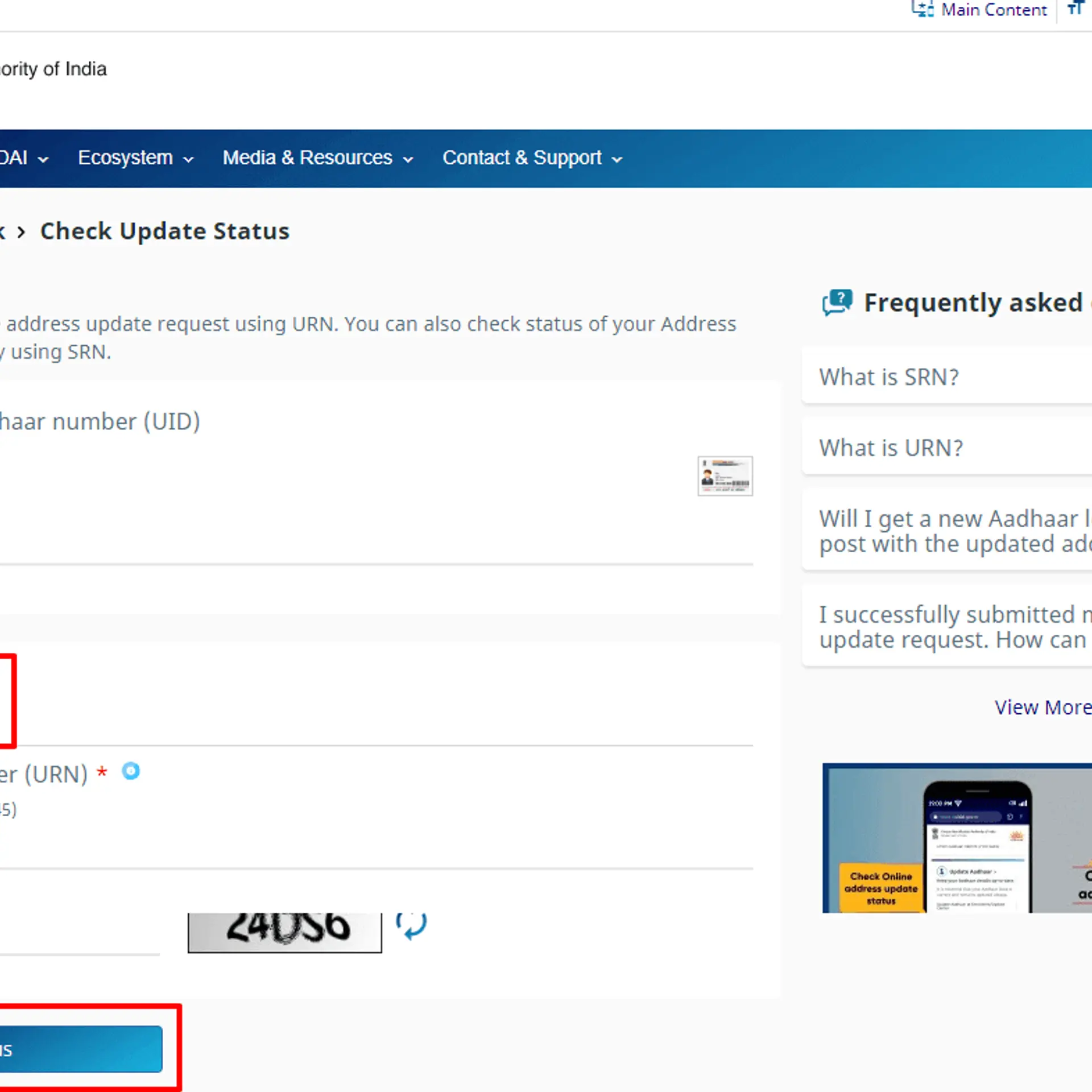

Role of IoT Technology in Fighting COVID - 19
Every country in the world is facing challenges due to COVID-19, also known as novel coronavirus. It has proved to be way more fatal as compared to other virus epidemics that the world has seen before. It has derailed the economies of all the countries in the world. There is no denying the fact that technology has always come to the rescue of humans in times of adversity. In the face of this pandemic, the least that IoT can do is help control the spread of coronavirus. All the top IoT development companies are discussing the possibilities of using IoT in the face of COVID - 19. In this article, everything is discussed - right from the pain points of this pandemic to the crucial role IoT can play in fighting that.
Pain Points of COVID - 19 Pandemic
Organizations across the world are trying to present the most valuable information about COVID - 19 in an easy to understand manner. But there is also a lot of false information doing the rounds. Due to this, it seems that the healthcare industry underestimated the problem of health literacy among the people. Now, that COVID - 19 is rapidly spreading among the communities, two aspects have come to light. Firstly, health literacy is equally important for the prevention of communicable and non-communicable diseases. Secondly, along with the preparation of healthcare departments, individual preparedness can play a huge role in dealing with COVID - 19 like situations.
The healthcare community is facing a lot of strain as they are taking care of multiple aspects without adequate resources at hand. Tracing the origin of the virus, attempts to create an effective medicine/vaccine, treating seriously ill patients, and preventing the human transmission of the virus, etc. are some of the major tasks that the healthcare community is struggling to carry out right now.
In a dire situation like this, IoT can prove to be helpful. Next comes the discussion about what is IoT and potential advantages of using IoT in the times of coronavirus pandemic.
What is IoT?
IoT is a combination of multiple functional components like data collection, analytics, transfer, and storage. The data is collected with the help of sensors on mobile, and end-user hardware like health monitors. After that, the information is sent to a central cloud server for analysis and decision making. IoT based systems are patient-oriented which includes being flexible to the patient’s medical conditions. The sensor-based solutions have increased the accessibility of data and connectivity which allows healthcare professionals to collect patient’s data and apply complex algorithms in data analysis.
Looking at its benefits, IoT is already being used in multiple industries like automated manufacturing, asset management, and wearables.
Potential of IoT in Fighting Coronavirus
Here are some ways in which IoT can play a critical role in helping humans deal with the coronavirus pandemic.
- IoT to Study the Outbreak
All the data collected by mobile devices can be used to trace the origin of this pandemic. Experts can use the collected data to determine short distances and periods of the spread of coronavirus. If GIS (Geographic Information System) is overlaid on the data collected from the infected people’s mobile devices, then two things can be achieved. First, the epidemiologists can track the point of origin. Secondly, all the people who came in contact with infected patients and are at the risk of being infected can be traced.
- Iot to Ensure Compliance of Quarantine
Quarantine of infected people can play a huge role in controlling the further spread of COVID - 19. Therefore, it is essential that every infected person who came in contact with the infected one adhere to the quarantine rules strictly. Here, IoT can help ensure that a person is following the quarantine rules once he enters the quarantine zone. Healthcare professionals can monitor which of the quarantined people follow the rules and who has breached the rules.
- Iot to Monitor the Patients
As IoT is entirely scalable, it can be used to monitor the health of people who are at enough risk to be quarantined but don’t need in-hospital care. In countries like the USA, where the pandemic has spread to a considerable extent, people are queuing up in cars to get themselves checked for coronavirus. Instead, healthcare professionals can make people stand in their balconies and take their temperatures with the help of an infrared thermometer on a drone. IoT will allow people to have their temperatures taken and upload them to the cloud from their mobile devices for analysis. In this manner, more data can be collected in less time, along with reducing the chances of human to human transmission.
IoT can also prove to be a boon for healthcare professionals. It can help reduce their workload as well as reduce their chances of getting an infection. IoT is already used for remote monitoring of patients with conditions of hypertension or diabetes. So, in times of a pandemic like COVID - 19, hospitals can use telemetry where data is collected from the wearables of a person and transferred to a centralized monitoring system. The doctors can monitor a large number of patients with minimum staff. In this manner, IoT will not only reduce the workload of healthcare professionals but also reduce their chances of catching an infection.
- IoT to Make Production and Transportation Better
In times of a pandemic, many medical items become a necessity. For instance, to save doctors and nurses from contracting coronavirus, personal protective equipment is necessary. IoT can help PPE generating factories to function efficiently in a cost-effective manner. Furthermore, medicines and vaccines become of utmost importance during a pandemic. It becomes crucial to ensure that these products reach their destination without getting affected by the weather. IoT sensors can be enabled in assigned vehicles to maintain the temperature and humidity that are carrying medicines.
Conclusion
The idea of humans turning to technology in times of adversities is not new. When the world is struggling to fight with coronavirus, the above-mentioned are some ways in which IoT can help to further stop the spreading. Another major pain point as discussed above is the lack of health literacy. The extensive use of digital platforms is the way out to increase health literacy among people.







